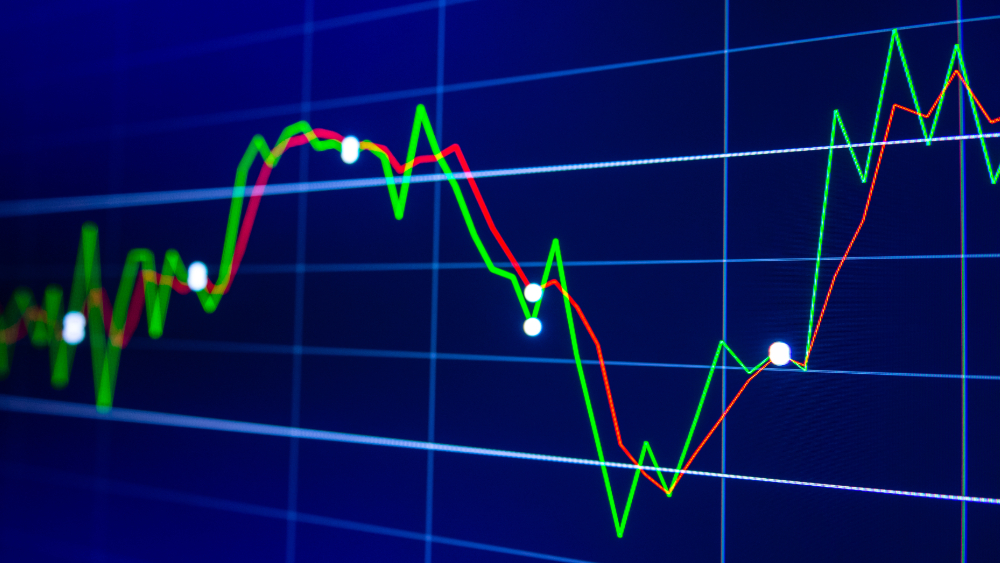European Statistical Monitor: September edition

Today, Eurostat released the European Statistical Monitor, a dashboard with short-term indicators covering different areas, such as economy, environment, business, health and work.
This monthly updated dashboard is designed to track developments within the EU as a whole and its members, as well as the EFTA countries, providing a holistic overview of key developments. It focuses on monthly and quarterly indicators, ensuring up-to-date insights and includes a commentary, focusing on recent changes and trends.
September highlights: EU production in services and industry pulls back while inflation remains low
While EU GDP maintained its steady growth in Q2 2024 of around 0.2%, in line with its development since Q1 2023, EU production in services pulled back from a historic high in June 2024, followed by a decline in industrial production and only a slight rebound in retail trade in July 2024. Despite its downward turn, EU production in services remained significantly above its 2021 level, while industrial production and retail trade remain subdued.
A closer look at month-on-month variations in the industrial sector reveals that the 0.1% decrease in July 2024 offset the equivalent increase in the previous month and confirmed a slightly negative trend established since the beginning of 2023. This contributed to year-on-year decline in the sector by 1.7% in July 2024, which was, however, lower than the 3.5% decrease recorded in June.
Conversely, EU retail trade, showed a slight month-on-month increase of 0.2% in July 2024, thereby confirming a relatively stable position since the beginning of 2024, with slight drops alternating moderate month-on-month increases. Broader sectoral fluctuations resulted in the 0.4% year-on-year growth in July 2024.
EU production in services contracted by 0.9% in June 2024, following a 0.2% increase in the previous month. This downturn, however, did not reverse the substantial gains observed in March through May 2024, when the services sector reached its historical peak. Moreover, the month-on-month fluctuations cumulatively contributed to a modest yet positive growth year-on-year of 1.0% in June 2024.
Against the months-long stagnation in industry and retail trade, and a recent backdrop in services, EU annual inflation reached 2.8% in July. In the euro area, for which August data are now available, the inflation rate fell to 2.2%, its lowest level since August 202.
EU economic sentiment further improved in August 2024, substantiating the positive trend established since September 2023. A detailed look shows that the rise in August was driven by improved confidence in industry, retail trade and services, while confidence among consumers and in construction slightly declines.
You can read the full analysis by opening the Eurostat commentary linked in the dashboard’s header.
The European Statistical Monitor is updated every month with the latest available data for each indicator.
For more information
If you have any queries, please visit our contact us page.

